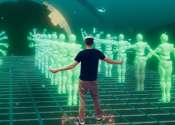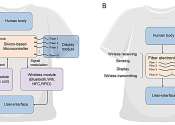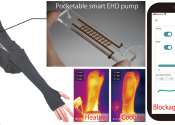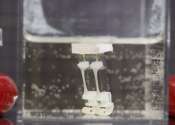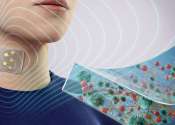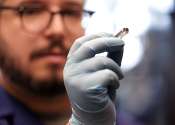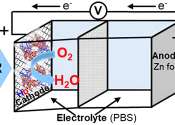Researchers develop a new way to instruct dance in virtual reality
Researchers at Aalto University were looking for better ways to instruct dance choreography in virtual reality. The new WAVE technique they developed will be presented in May at the CHI conference for human-computer interaction ...
Apr 29, 2024
0
29
